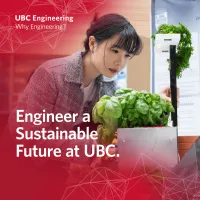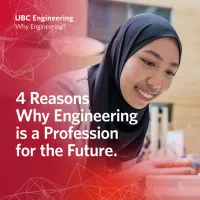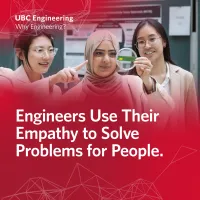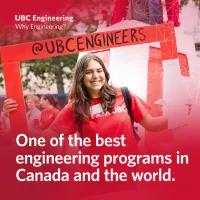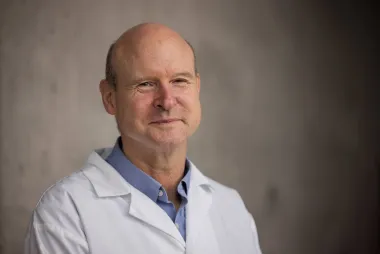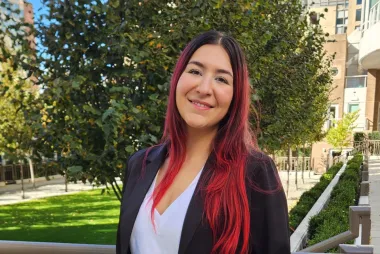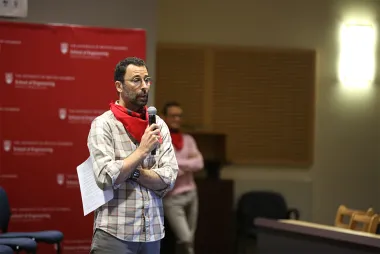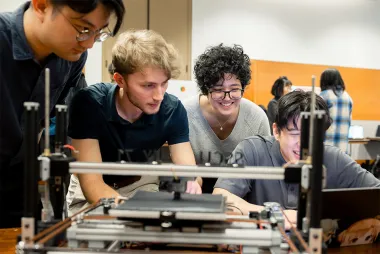“What really drew me to engineering was the ability it offers to make important contributions to climate action and mitigating climate change,” says Dr. Christine Chen, whose research is playing a role in the energy transition.
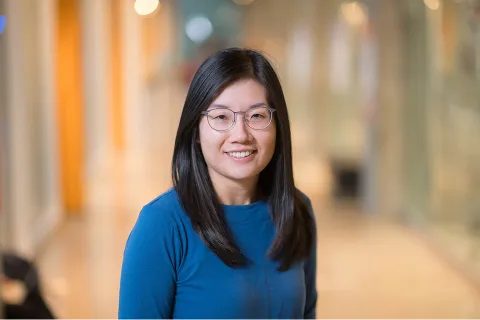
- Program:
- Campus: Vancouver
Position: Associate Professor
Education: BASc (University of Toronto), MS PhD (University of Illinois)
What led you to engineering?
I come from a family of electrical engineers! Both my parents trained as electrical engineers, as did my grandparents. This meant I had a good knowledge of what engineering was all about when I was growing up. I actually started my undergrad in engineering science, which had more of a focus on the fundamentals of math and science than other engineering programs.
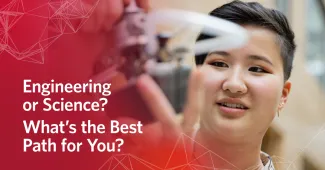
When I took an elective in electric power systems in fourth year, everything clicked together for me.
I realized that this was an area I was interested in pursuing over the long term and that it was an area where I could use my skills in math and engineering design to make a positive impact in the world.
How do you test out your ideas?
A lot of what we do in engineering research is based around simulation.
We build mathematical or computer models of the system and then apply control algorithms or optimization solutions to benchmark or test potential alternatives. This information can then be used to introduce real-world changes that will improve system reliability and performance.
For example, I’ve worked with a software company that is designing tools to help utilities operate or control distributed energy resources in a way that doesn’t create issues for the larger system.
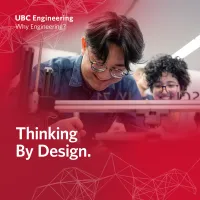
What excites you about this work?
What makes this research so interesting is that we are looking at the system as whole. It’s not just about trying to make a specific device more efficient or less expensive or to make incremental improvements to energy generation technology.
It’s thinking about how to take the advances we’ve made in specific areas – and forecasting what advances we might get down the line – and then putting those individual pieces together to identify how they might best work together.
Read about our Alum Pavni Agarwal
Anything else you want to share?
What really drew me to engineering was the ability it offers to make important contributions to climate action and mitigating climate change.
Electrification and the electric power system are going to be significant contributors to how we’re going to get to net zero.
There’s an opportunity for electrical engineers and electrical engineering as a discipline to play a major role in the energy transition. If you want to make a broad-scale social impact in your work, I encourage you to consider electrical engineering!
